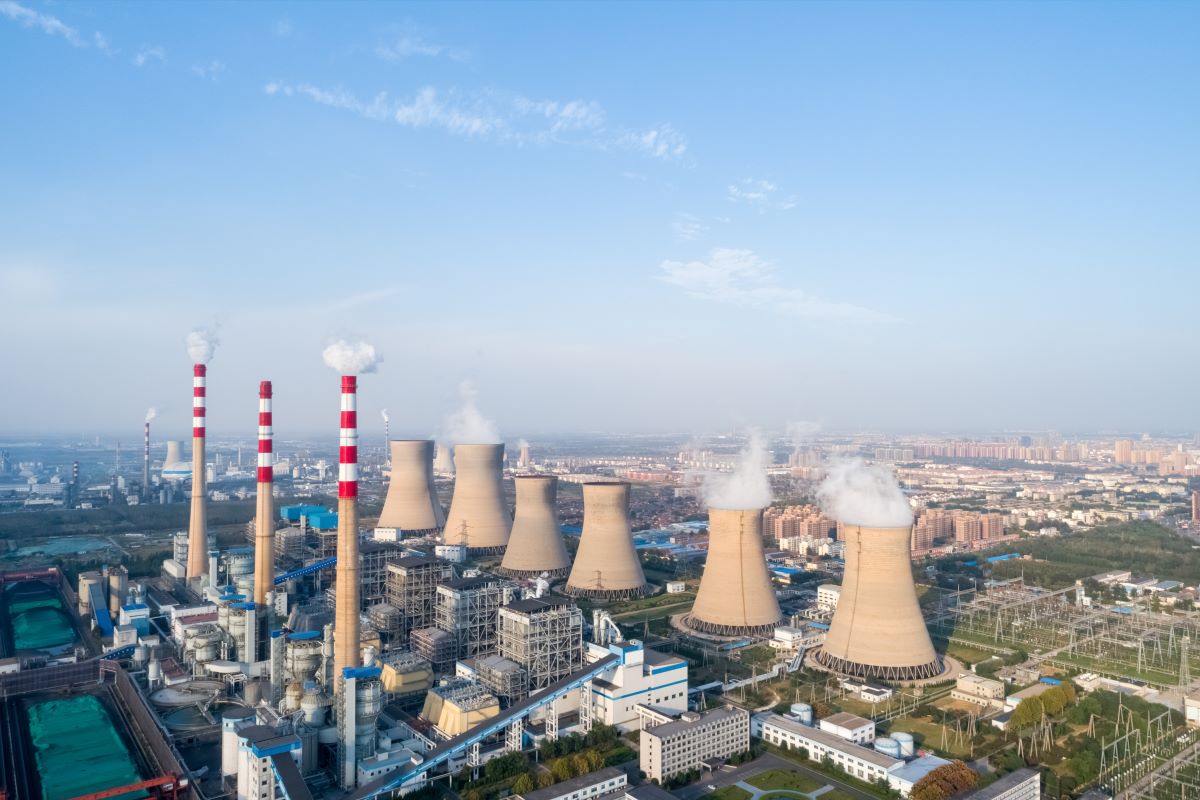The increasing China power crisis is triggering blackouts for households and forcing the factories of Japanese automaker Toyota Motor Corp. and leading battery maker Contemporary Amperex Technology Ltd. (CATL) to shut production, threatening to further slow the world’s largest economy and put more pressure on global supply chains.
Companies in China’s industrial heartlands, especially in the Sichuan province, have been directed to limit their energy consumption with the aim of reducing demand for power, state media reported. Power supply has also been cut to some homes, allegedly trapping people in elevators.
Toyota has said that it has shut its factory in Chengdu, the capital of Sichuan province, and will defer operations until August 20. Similarly, Contemporary Amperex stopped production at its lithium battery base in Yibin and is expected to resume operations on August 20.
Production hit by China power crisis
According to a report in a local business publication, Sichuan, is greatly reliant on hydropower. The highly populated province is experiencing a heat wave and drought which has pushed up demand for air-conditioners. The drop in hydroelectricity production is a fallout of drying up reservoirs.
Global Times, a state-run media tabloid, reported that an “unexpected and unprecedented” power crisis has hit three northeastern provinces early this week. The tabloid further reported that power rationing in Heilongjiang, Jilin and Liaoning provinces has “resulted in major disruptions to the daily lives of people and business operations.”
In addition, China power crisis has also affected the southern province of Guangdong, a key industrial and shipping hub. According to local officials, many firms are trying to lessen demand by working two or three days a week.
The country was hit by a similar power crisis in June, but this time around the situation seems to have worsened. Industries are enduring huge pressure from escalating energy prices and Beijing’s initiatives to tackle carbon emissions.
Power rationing may create new headaches for the tech supply chain, even if not as severe as the worldwide shortage of computer chips that have knocked everything from cars and washing machines to other electronics.
Outages in areas where smartphone modules are typically assembled might lead to some short-term delays, market experts predict.
Forecasts cut due to China power crisis
The China power crisis is even persuading economists to cut growth expectations this year. Analysts at Nomura had cut their forecast for China growth in 2021 as an increasing number of factories have had to “cease operations” owing to local energy consumption mandates or power outages due to rising coal prices. More recently, Nomura has cut its China growth forecast to 2.8% from 3.3% citing the zero-Covid policy and resulting disruptions.
Similarly, analysts at Goldman Sachs cut their 2022 GDP growth forecast to 3% from 3.3%, citing property woes and an energy supply crunch. Baci in 2021 Goldman analysts noted, “significant uncertainty” headed into the last quarter of 2022, considering that the Chinese economy is already faced with risks owing to the debt crisis at the embattled conglomerate Evergrande that has now sparked fears among some analysts of a potential Lehman Brothers moment for China.
An energy crisis is not new for China. This summer, several Chinese provinces warned of shortages in what was then the country’s worst power crisis since 2011.
China managed to pull out of the Covid-19 pandemic slump largely due to a boom in construction and manufacturing. Ironically, real estate projects and factories require large power supplies to operate. According to research released in May by the Centre for Research on Energy and Clean Air (CREA), a focus on infrastructure and construction took China’s carbon emissions to record highs in the first quarter of 2021.
Drought and heat wave
According to the Sichuan Provincial Economic and Information Department, high temperatures and drought are the worst on record, and the heat is expected to continue for another week. Temperatures are already above 40°C in Sichuan and high humidity is making it feel hotter. As the power shortage is becoming more acute, many buildings in the region have stopped air conditioning. Meanwhile, the floods have inundated the northern Shanxi province, and this could affect the electricity market severely in the coming months.









 Australia
Australia China
China India
India Indonesia
Indonesia Japan
Japan Malaysia
Malaysia Philippines
Philippines Singapore
Singapore South Korea
South Korea Taiwan
Taiwan Thailand
Thailand Vietnam
Vietnam
 Germany
Germany Hong Kong
Hong Kong USA
USA Switzerland
Switzerland Singapore
Singapore
 United Kingdom
United Kingdom Other / International
Other / International






